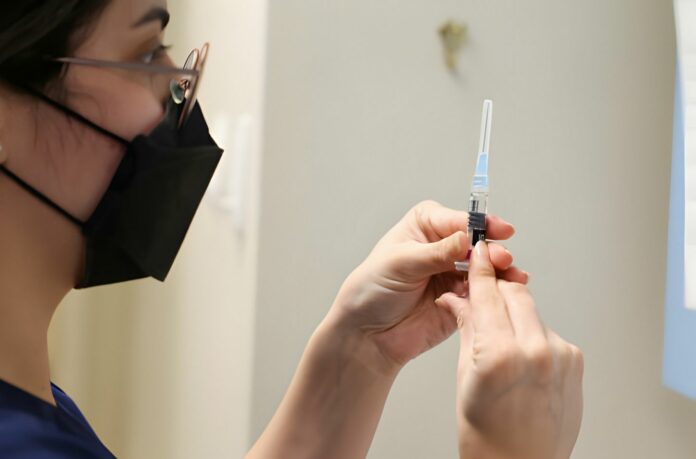A breakthrough study published in the American Society for Microbiology journal mBio unveils a new flu prevention strategy. Infant mice experiments indicate that desialylating neuraminidase enzymes may hold the key to preventing flu spread, marking a significant shift in infectious disease control.
Influenza A viral infections, responsible for the seasonal flu that claims over 36,000 lives annually in the United States, pose a significant public health challenge.
While existing vaccines and symptom treatments offer some protection, they are not foolproof.
In a bid to enhance preventive measures, scientists have delved into the intricate process of viral infections, specifically targeting sugar molecules on cell surfaces.
It has long been known that viruses and bacteria spread infections by binding to sugar molecules, known as sialic acids (SAs), on the surfaces of cells in the sinuses and throat of mammals, including humans.
These molecules act as receptors, analogous to locks, allowing viral particles to attach. A recent study conducted on infant mice, led by researchers from NYU Grossman School of Medicine, reveals that inhibiting the attachment of virus particles to SAs not only restricts the entry of influenza A infections but also impedes their exit and transmission between mice.
The research team employed a neuraminidase enzyme to desialylate, or strip away, the SA receptors by directly applying it to the nasal cavities of the infant mice. Following the treatment, the mice were infected with influenza A, and the results were striking.
The neuraminidase enzyme drastically reduced mouse-to-mouse transmission rates, demonstrating a significant decrease ranging from 51% to 100% across six influenza strains tested.
Published in the American Society for Microbiology journal mBio on Jan.11, the study focused on infant mice due to their abundance of sialic acids in the upper respiratory tract, making them a robust model for studying influenza spread in children.
These young mice exhibited blocked alpha-2,3 SA and alpha-2,6 SA receptors, which are prevalent in the human respiratory tract. Children are recognized as crucial “drivers” of flu transmission among people.
Lead investigator and infectious disease specialist Mila Ortigoza, MD, PhD, emphasized the potential implications of the findings. Ortigoza explained, “If further experiments in humans prove successful, desialylating neuraminidase enzymes may prevent the flu from spreading.”
She added: “While current approaches with vaccines and treatments target the virus, ours is the first study to demonstrate that treating the host, either infected mice or potentially infected humans, to prevent them from transmitting the virus to another host could be another effective strategy for combating pervasive infectious diseases.”
Despite the promising results, Ortigoza underscored the need for extensive clinical research before considering neuraminidases as a viable treatment in humans.
The research team is already planning further experiments to unravel why infants are more susceptible to respiratory virus infections and whether blocking sialic acids in children could similarly prevent influenza spread.
This breakthrough opens a new avenue in the quest to mitigate the impact of pervasive infectious diseases.
Image Credit: Steve Pfost/Newsday RM via Getty Images
